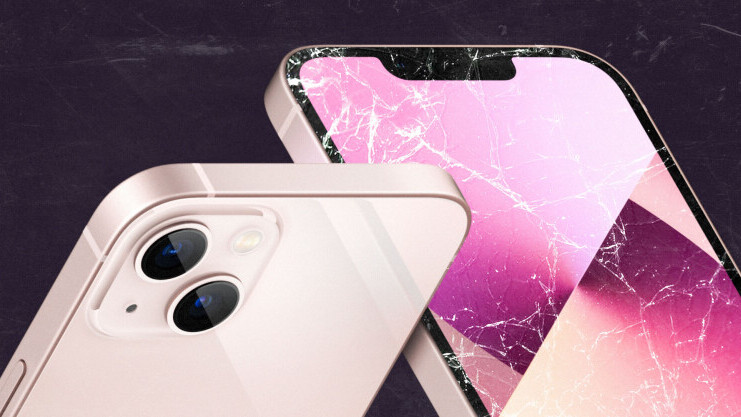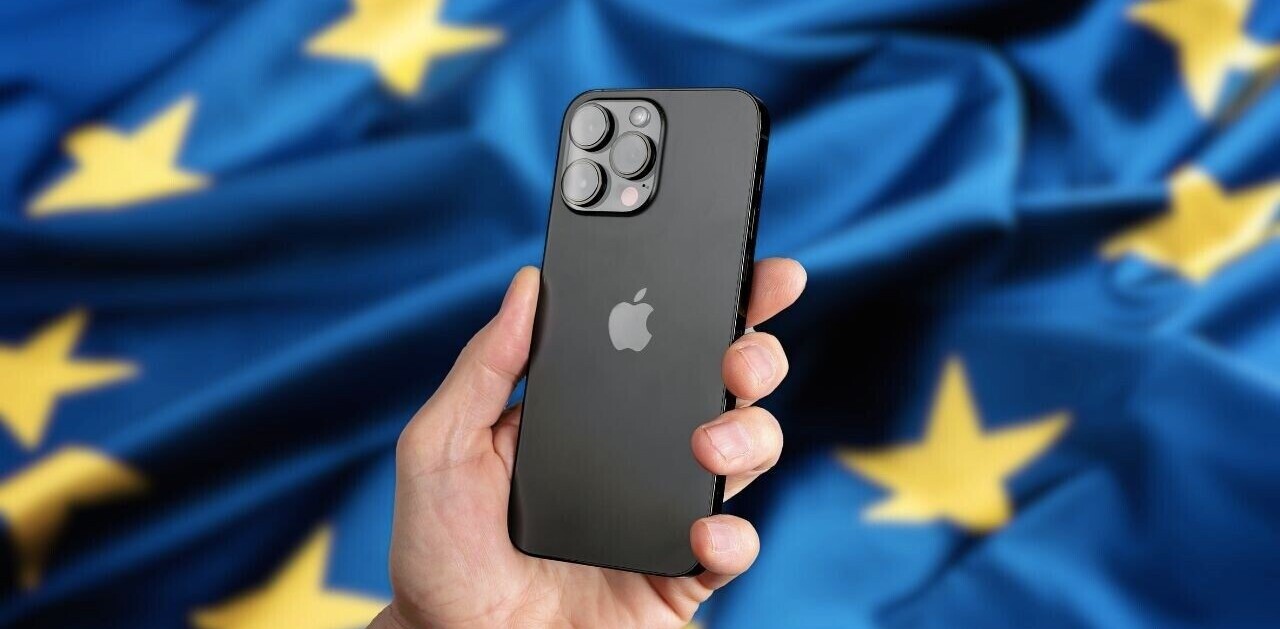
Here’s something you don’t read every day: Apple is making it easier to fix your broken iPhone 13. It’s a rare instance of Apple backtracking from one of its hostile moves towards the right to repair.
When the iPhone 13 was released, repair specialists and enthusiasts quickly realized that changing the display would stop Face ID — you know, the phone’s most important security feature — from working completely.
In order to maintain Face ID functionality, repair shops would have to remove a tiny chip over from the original screen, significantly complicating what is likely the most common repair; iFixit goes into more detail on the topic here. Naturally, the move was met with ample backlash.

The chip isn’t actually essential though; Apple-authorized repair shops could get Face ID to work with a software workaround.
Then everything changed when The Verge reported Apple was going to get rid of this requirement; the article notes Apple “will release a software update that doesn’t require you to transfer the microcontroller to keep Face ID working after a screen swap.”
Unfortunately, Apple didn’t say when the software update would be available. Still, it’s a glimmer of hope for a company that in many ways catalyzed the current industry hostility towards consumer repairs.
It’s not the only sign Apple is changing either. Not only do the new MacBook Pros finally focus on the needs of actual professional users — ports! — the laptops are actually easier to repair too. Well, a little easier, but it’s an improvement nonetheless; the batteries cells are far easier to remove than in previous versions.
It shouldn’t be newsworthy that Apple is backtracking from a hostile repairability choice, yet here we are. Just goes to show that applying a bit of pressure to the big companies, maybe, just maybe, can actually have an impact.
Get the TNW newsletter
Get the most important tech news in your inbox each week.




